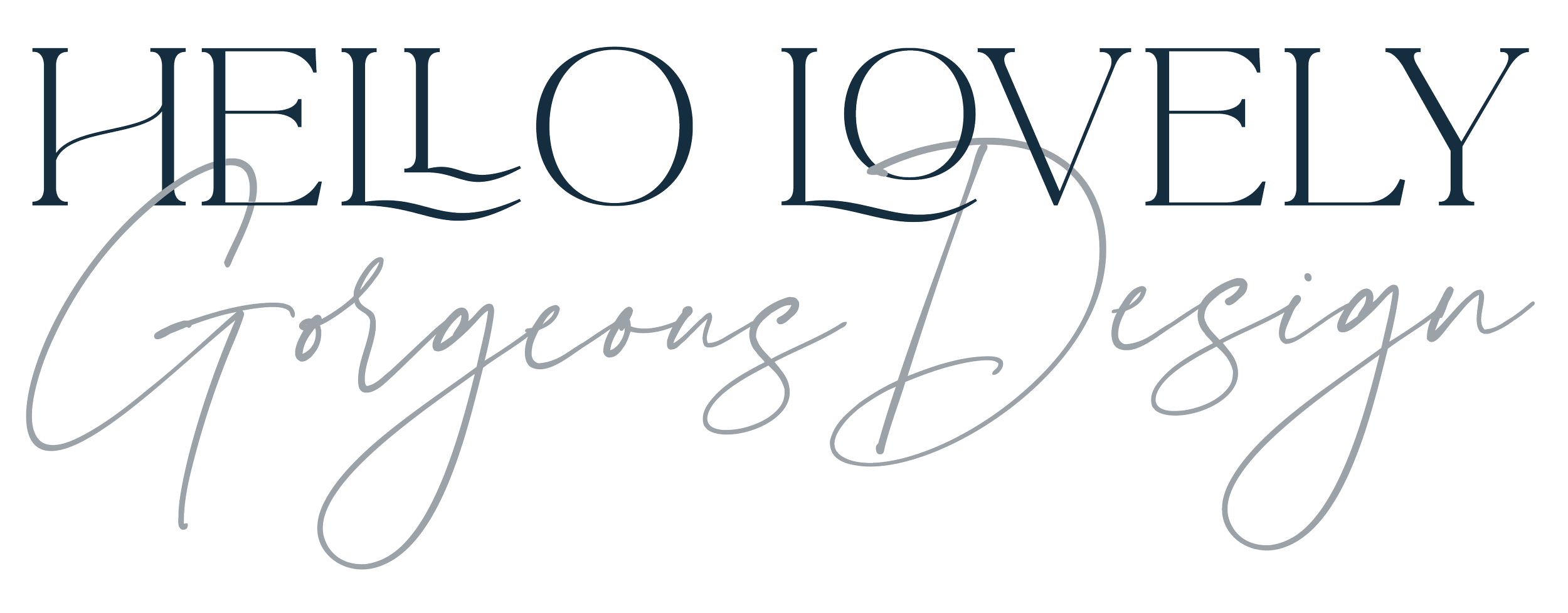Branding and logos: ask and analyse
Asking your customers about brand research will help you to realise how healthy your brand is. If you can identify the threats, you can make opportunities. If you’re new to business, working out your values will help customers to appreciate them. How do you go about it?
Asking and analysis is called brand research. This process helps with the creation, development, management and strengthening a brand. If you've already investing in a brand, then it's often a good idea to keep in touch with your market by regularly doing a little brand research. New businesses and those looking to refresh won't want to miss this important step.
You can approach brand research in several ways.
Surveys: these are easy to create and very familiar. By creating tailored questions, you can check with customers at any development stage. The challenge is getting responses and working within the rules of GDPR!
Workshops and focus groups: face-to-face feedback can involve employers, customers or suppliers. Asking open-ended questions results in thoughtful perceptions and opinions, and you can gauge emotional responses.
Employers and business partners: involving those who work for your company in the research process gives a very different insight. It makes people feel valued and so they should be.
What areas do you need to cover?
Whichever method you use, the areas you need to cover should include these essentials:
Competitor analysis. We've all got rivals and it's good, as long as it's a healthy relationship. What are they up to? What's their strength and where is the weakness? How does it relate to your business?
Brand awareness. Can your clients recall your brand without any prompting? What are the colours? Ethos? Surveys and social media are good ways to measure the visibility of your brand.
Perception. Are you seen as friendly? Informative? Dull? Dynamic? How does that measure up to the competition?
Association. If you are a top range brand, you need to know that you are maintaining that high end cost and respect. If you aim at the opposite end of the market, do people associate your brand with value for money or cheap, inferior products?
Top tips
Ask simple questions. People often open up and explain in greater detail so give them space to do this.
Seek emotional and rational responses. We're all different in how we respond and you may find a mix of both. Uncovering this will help your brand research.
Go in with an open mind. If you start with your own views, you can influence the results. So try not to lead the conversation to where you expect it to go.
Present your findings clearly and with clarity. Start with the methodology and key findings first, followed by clearly presented data and qualitative insights.
Motivated and inspired for change? Have a few questions? Get in touch or check out the branding packages which come with payment plans and upgrade savings too. Designing with our current clients, and the ones we've yet to meet, in mind.
